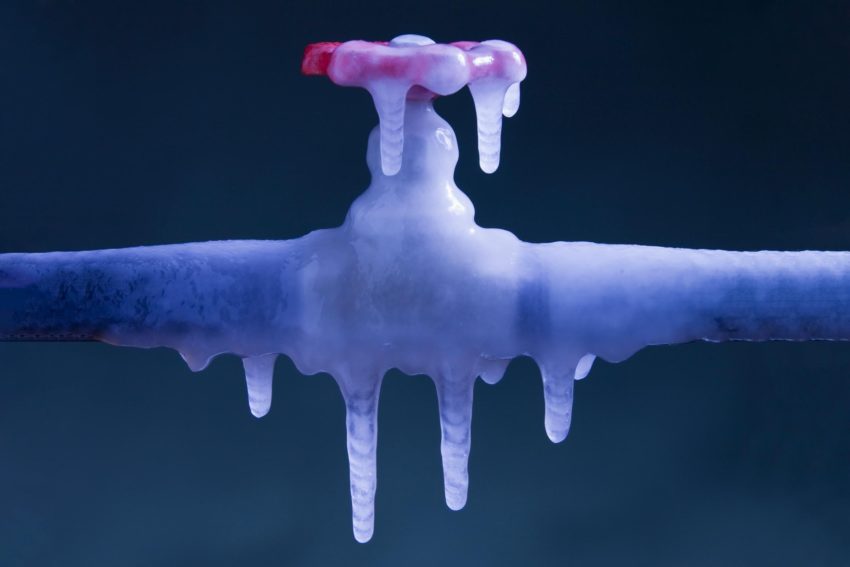You know the season changes when the colors, moods, and temperature change. As you start dressing warm for the winter, don’t forget to protect your home. Aside from tuning up your heating system, caulking around windows and doors, and cleaning the gutters, check your pipes, too.
Did you know that frozen water pipes can become a major issue if not prevented?
Why Are Frozen Pipes Dangerous?
When water freezes in your pipes, your plumbing tries to contain solid ice bigger than itself. This results in your pipes bursting, causing inconvenience and damage to your home. These include:
- Lack of running water. Your daily responsibilities and activities will be affected when you leave a frozen pipe unrepaired. You don’t also have access to safe water for consumption, especially if children, the elderly, and sick family members are at home. Moreover, it can lead to loss of sanitation and hygiene that can cause health risks.
- Water damage. When there’s increased pressure in your pipe, it can lead to cracking or bursting. As an outcome, water freely flows inside your home, causing water damage. While most home insurance policies cover this kind of home damage, it’s always best to prevent it.
Signs of Frozen Pipes
Frost on the Pipe
Though you can’t visibly see your entire plumbing system, there are those that you can inspect like a pipe under your sink. Notice if there is frost accumulated on the pipe’s exterior. You may apply heat to the frozen part by wrapping an electronic heating pad around the line.
You can also heat the area with a hairdryer or use towels soaked in hot water. However, remember that these are temporary fixes. For professional thawing or repairing frozen pipes, leave it to the experts, like PuroClean.
No Water
The top obvious sign of frozen pipes is the complete lack of water coming from your fixtures and faucets. This may mean that the water in your supply lines has frozen solid. In case of a partial freeze, there may be a slight trickle of water.
Odd Smell from Your Faucet or Drain
Your pipe is potentially frozen if there is a strange smell coming from your drain or faucet. Usually, this affects many drains at the same time but can also affect only a single drain. This happens when the ice blocks any odors from grease, food, or waste that you drain.
Furthermore, this kind of plumbing problem can cause regular blockages that don’t only occur during the winter. If it happened during the colder months, it’s most likely that frozen pipe is the culprit.

Water Damage
Look for the following red flags of water damage caused by frozen pipes in your home:
- Strong, musty odors caused by molds
- Structural damage of walls and ceilings, including collapsing, sagging, texturing.
- Running water sound
- Green, black, or orange dirt-like stains that mold growth can also cause.
- Bubbling or peeling of wallpaper or paint
How to Avoid Frozen Pipes
Besides keeping contact numbers of local plumbers or water damage restoration companies, consider these tips to avoid frozen pipes that can save you costs of plumbing services and repairs:
1. Duct Cleaning and Furnace Maintenance
Remember to improve the overall performance of your furnace after checking the insulation of your house. Start from your ductwork, and inspect if it’s full of debris and dust. Clogged ductwork can prevent airflow throughout your home.
If it occurs in winter, chances are your entire house is not adequately heated, leading to frozen pipes. Ensure to check your furnace because once its internal parts don’t function well, it will not give the same amount of heat. Not only will your pipes freeze, but your bills will also increase.
2. Insulation and Heating Cables
Install insulation and heating cables, especially to pipes that run against an outside wall. Include pipes that have frozen in the past. Insulation aids in trapping heat inside your lines during the winter.
On the other hand, heating cables laying along pipes can warm plumbing directly. Make sure to plug it in actively. Though this can increase your utility bills, it can prevent freezing and melt any ice or frost even if the temperature outside is high.
3. Home Insulation Inspection
Freezing pipes can also result from old or inadequate insulation in your home, allowing drafts and cold spots to develop. To check if this is the cause of your frozen plumbing, you need an infrared camera inspection. Contact professionals near you for potential insulation replacement rather than repairing your entire property due to water damage.

